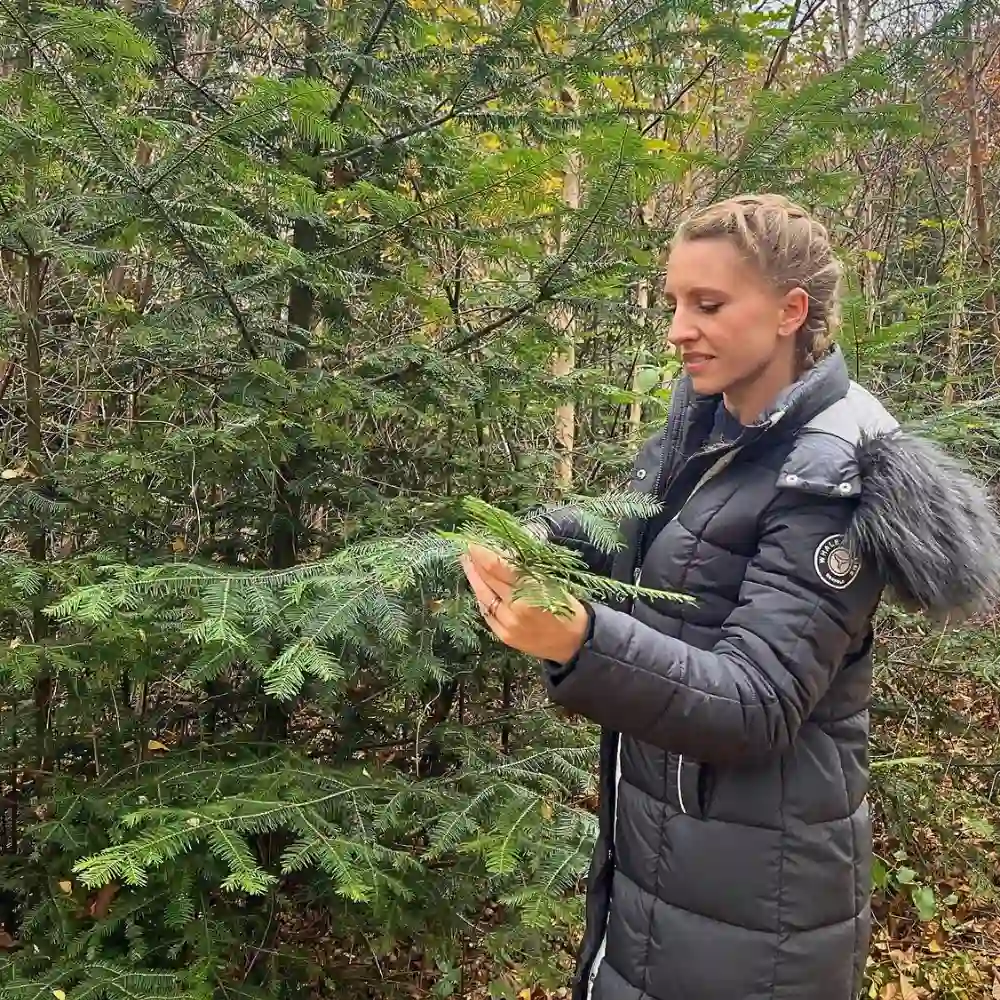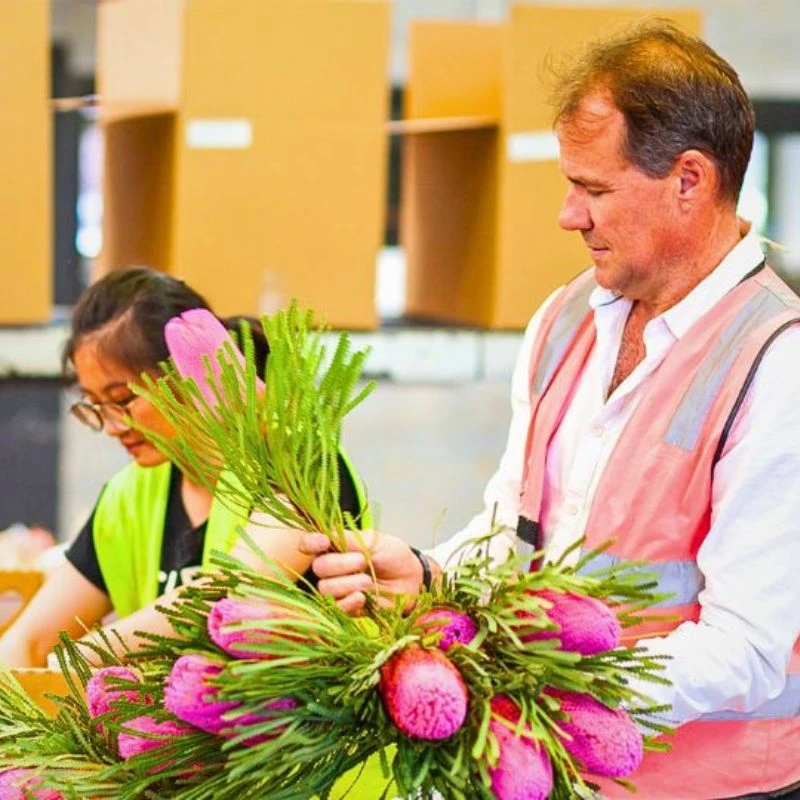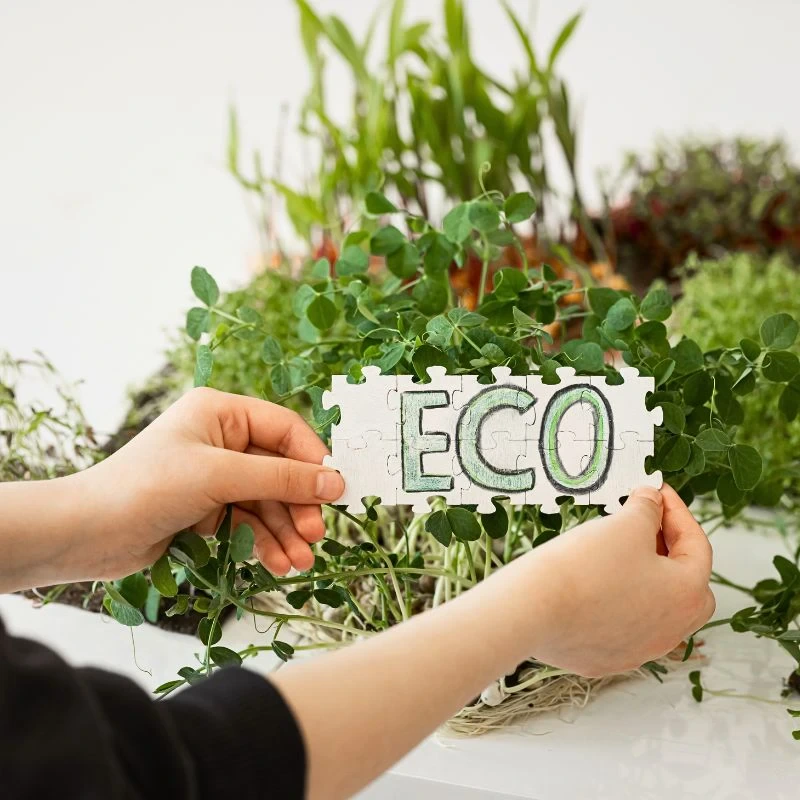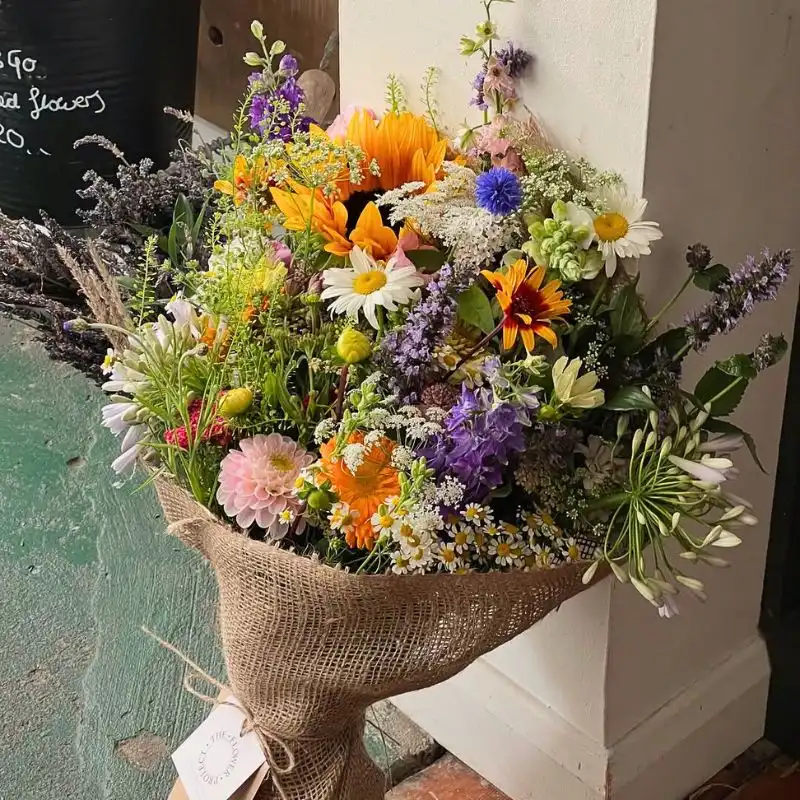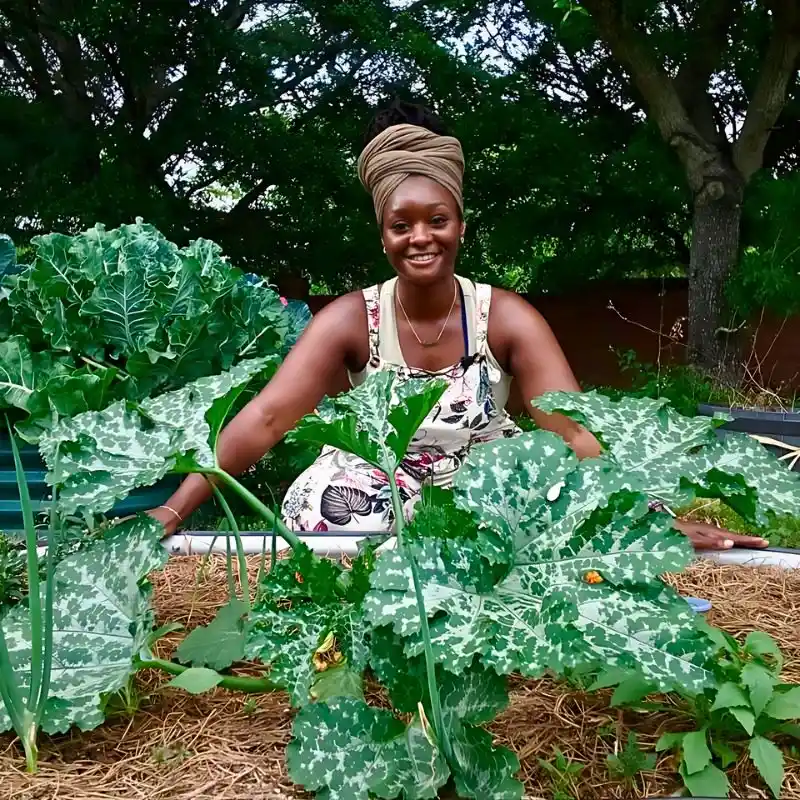I prefer to use locally grown flowers. But what does that mean, and why does it matter? I’ll share a bit of what I know about the floral industry, where flowers come from, and why I think it is important to source from local and domestic farms. 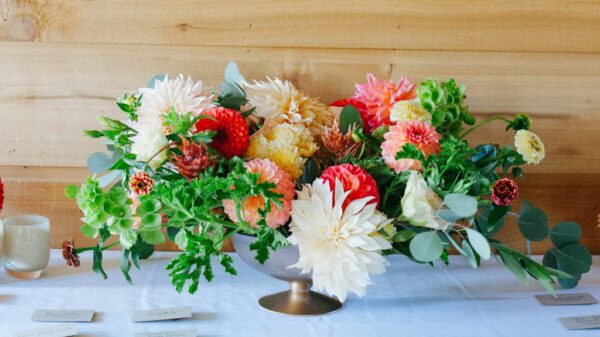
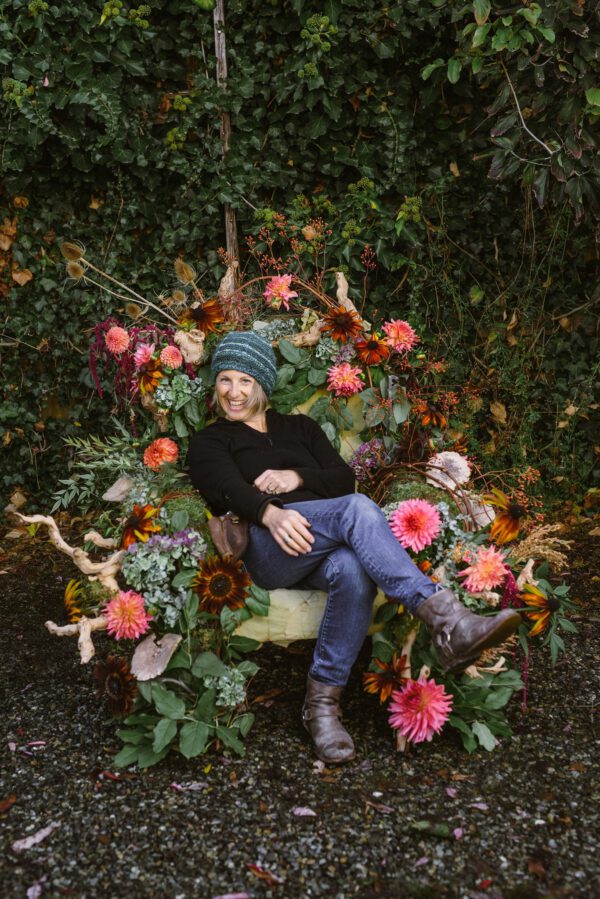
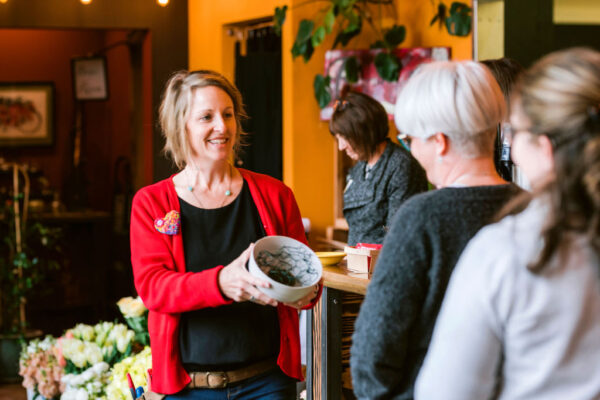 Now, there are those occasions where an Ecuadorian Rose, a Japanese Sweet Pea, or a South American Hydrangea is a special request or is the best solution to my customer’s request. When that time comes, I will be grateful for the choices that abound. But as much as I can, I will shop as close to home as possible, and always with a first-choice emphasis on sustainably grown.
Now, there are those occasions where an Ecuadorian Rose, a Japanese Sweet Pea, or a South American Hydrangea is a special request or is the best solution to my customer’s request. When that time comes, I will be grateful for the choices that abound. But as much as I can, I will shop as close to home as possible, and always with a first-choice emphasis on sustainably grown.

Slow Food, Slow Flowers
Lots of people are tuned in to the farm-to-table movement. The phrase “Slow Food” is now a pretty familiar one. But how about “Slow Flowers”? I want people to make the same connections when thinking about flowers. While choosing locally grown flowers is definitely about getting the freshest product available (which will be the longest lasting), for me it is also an act of social and environmental politics. If you care about sustainable farming; quality of land, air and water; farmworker rights; and our local & domestic economy – then I think you’ll connect with the importance of supporting the locally grown and the American flower farming movement.
Tobey Nelson of Sustainable Floral Design
Overseas Farming Hurts American Growers
Did you know that most of the flowers you see in your local grocery store or flower shop come from far away? Currently, about 80% of the flowers sold in America are imported. Most of our flowers come from Ecuador, Colombia, even Africa! Workers in those places are paid little, and their governments do not always do the best job of regulating working conditions or pesticide laws. Did you know that most of the flowers you see in your local grocery store or flower shop come from far away? Currently, about 80% of the flowers sold in America are imported. Most of our flowers come from Ecuador, Colombia, even Africa! Workers in those places are paid little, and their governments do not always do the best job of regulating working conditions or pesticide laws.Locally Grown Flowers and Local Agriculture are Important
I believe in local agriculture, in a living wage and in the basic human need for natural beauty. It is part of my business mission to source locally grown flowers and foliage, starting on Whidbey Island, then moving to Washington State, Oregon, California and finally the rest of America – in that order, as season allows. I most prefer to support the small local farmers in my state or at least on my coast. I have a relationship with these farmers. I know they act as stewards of their land, taking great care to maintain habitat, limit the use of pesticides, monitor runoff of fertilizers, and to build soil health. Though our government is far from noble when it comes to pesticide laws, our laws are more stringent here than they are in South and Central America where most imported flowers come from. We have better workers' rights than in most other countries in the floral export game. The great news is that with the resurgence of the locally-grown movement, flower farmers are sprouting up across the United States. We need to support those farmers by buying from them and paying respectful prices for their products. By investing in locally grown flowers, you are preserving farmland and supporting the health of your local economy, and of your local environment. I’d much rather drive by a farm than a strip mall – wouldn’t you?!
Tobey Nelson at her Sustainable Workshop

